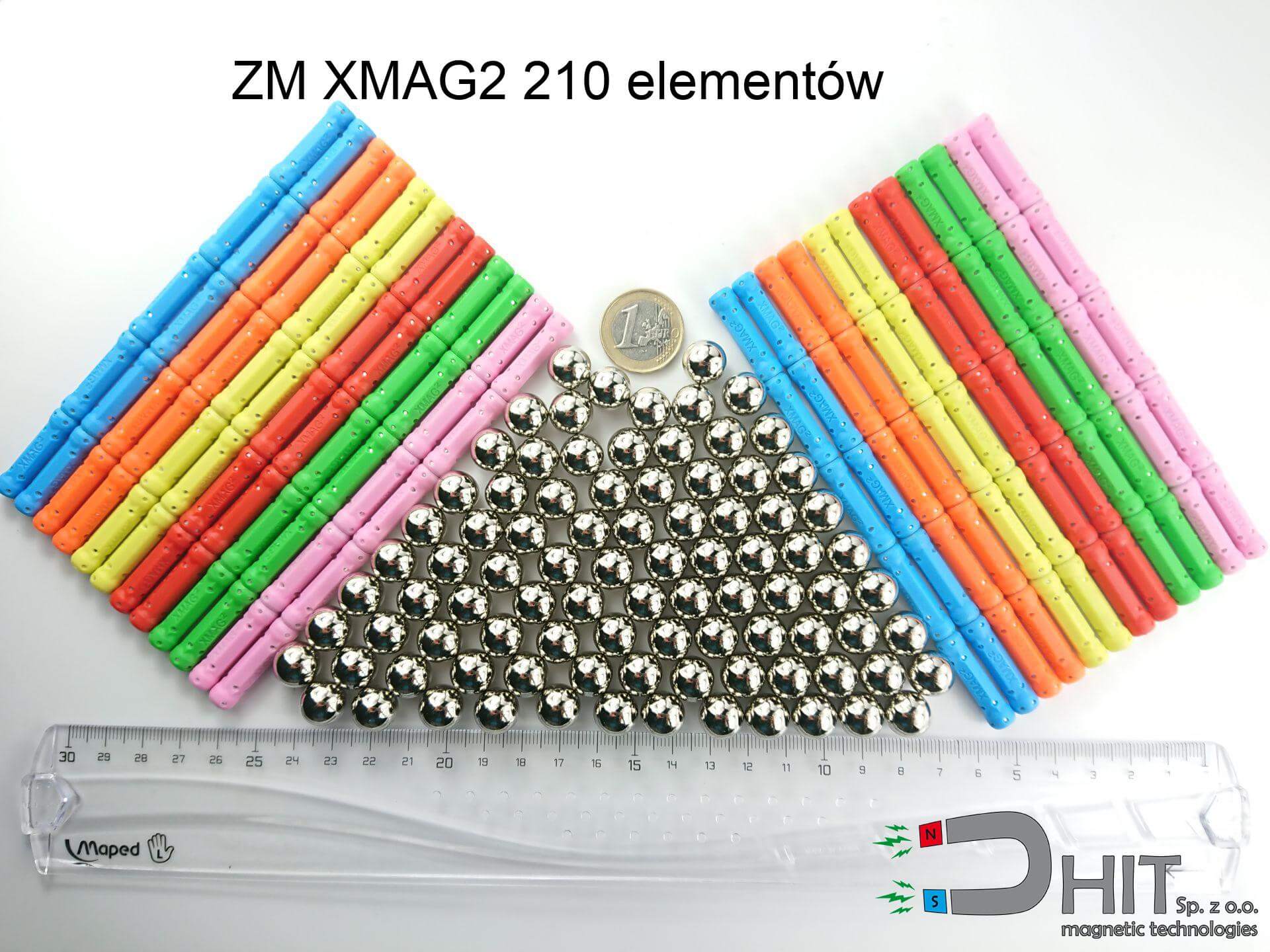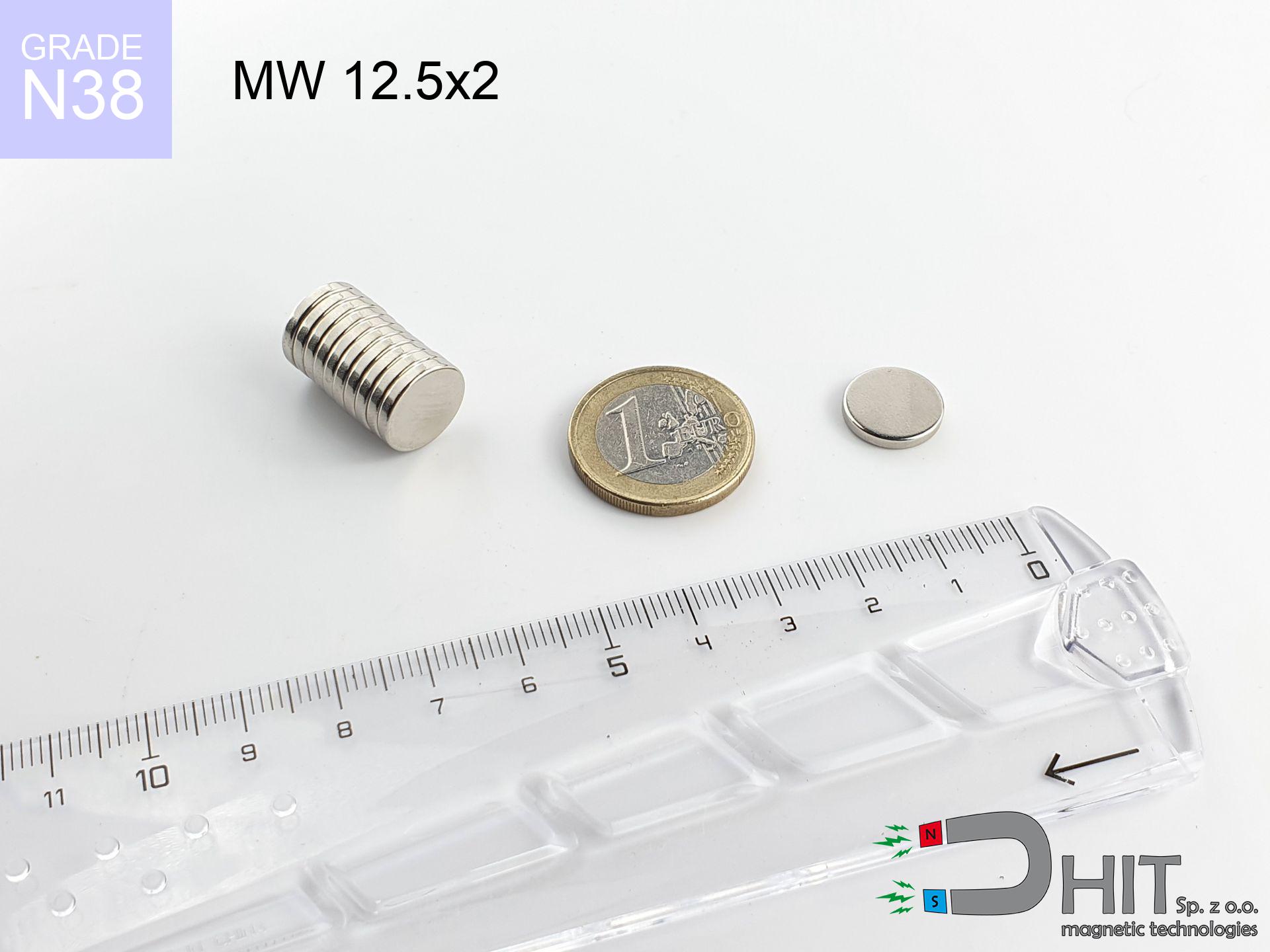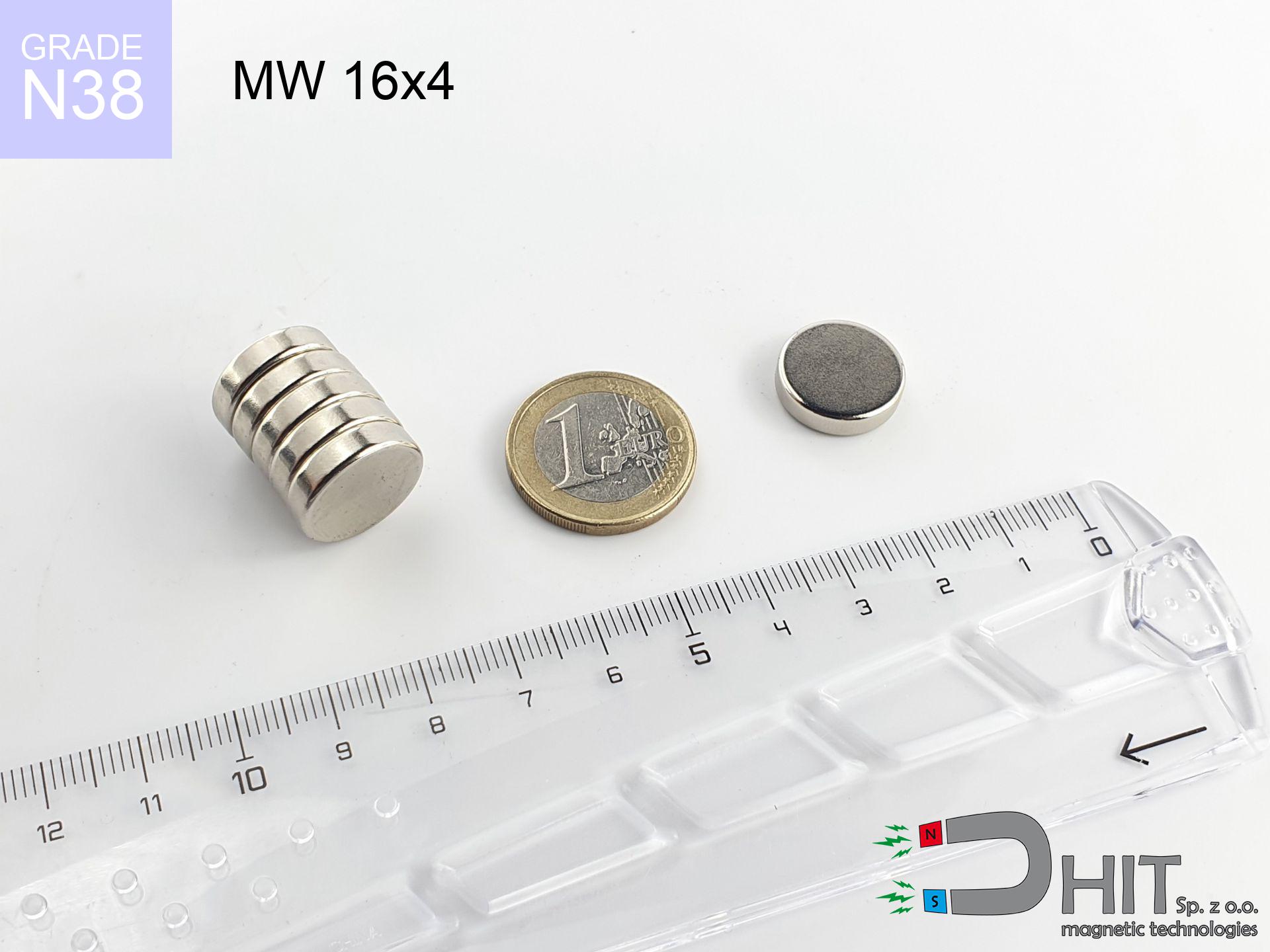ZM XMAG2 210 elementów - magnetic toy
magnetic toy
Catalog no 040314
GTIN/EAN: 5906301812388
Weight
0.03 g
Load capacity
0.03 kg / 0.26 N
86.10 ZŁ with VAT / pcs + price for transport
70.00 ZŁ net + 23% VAT / pcs
bulk discounts:
Need more?
Pick up the phone and ask
+48 888 99 98 98
if you prefer send us a note through
request form
the contact form page.
Parameters and form of a neodymium magnet can be analyzed using our
online calculation tool.
Same-day processing for orders placed before 14:00.
Technical data of the product - ZM XMAG2 210 elementów - magnetic toy
Specification / characteristics - ZM XMAG2 210 elementów - magnetic toy
| properties | values |
|---|---|
| Cat. no. | 040314 |
| GTIN/EAN | 5906301812388 |
| Production/Distribution | Dhit sp. z o.o. |
| Country of origin | Poland / China / Germany |
| Customs code | 85059029 |
| Weight | 0.03 g |
| Load capacity ~ ? | 0.03 kg / 0.26 N |
| Manufacturing Tolerance | ±1 mm |
Physical properties of sintered neodymium magnets Nd2Fe14B at 20°C
| properties | values | units |
|---|---|---|
| Vickers hardness | ≥550 | Hv |
| Density | ≥7.4 | g/cm3 |
| Curie Temperature TC | 312 - 380 | °C |
| Curie Temperature TF | 593 - 716 | °F |
| Specific resistance | 150 | μΩ⋅cm |
| Bending strength | 250 | MPa |
| Compressive strength | 1000~1100 | MPa |
| Thermal expansion parallel (∥) to orientation (M) | (3-4) x 10-6 | °C-1 |
| Thermal expansion perpendicular (⊥) to orientation (M) | -(1-3) x 10-6 | °C-1 |
| Young's modulus | 1.7 x 104 | kg/mm² |
Chemical composition
| iron (Fe) | 64% – 68% |
| neodymium (Nd) | 29% – 32% |
| boron (B) | 1.1% – 1.2% |
| dysprosium (Dy) | 0.5% – 2.0% |
| coating (Ni-Cu-Ni) | < 0.05% |
Ecology and recycling (GPSR)
| recyclability (EoL) | 100% |
| recycled raw materials | ~10% (pre-cons) |
| carbon footprint | low / zredukowany |
| waste code (EWC) | 16 02 16 |
Other deals
Advantages as well as disadvantages of neodymium magnets.
Pros
- They do not lose strength, even over nearly 10 years – the decrease in strength is only ~1% (theoretically),
- They show high resistance to demagnetization induced by presence of other magnetic fields,
- In other words, due to the smooth finish of silver, the element is aesthetically pleasing,
- Magnets exhibit impressive magnetic induction on the outer layer,
- Made from properly selected components, these magnets show impressive resistance to high heat, enabling them to function (depending on their form) at temperatures up to 230°C and above...
- Considering the ability of precise shaping and customization to specialized projects, magnetic components can be modeled in a wide range of geometric configurations, which expands the range of possible applications,
- Significant place in modern industrial fields – they are commonly used in HDD drives, motor assemblies, diagnostic systems, also technologically advanced constructions.
- Relatively small size with high pulling force – neodymium magnets offer high power in compact dimensions, which enables their usage in miniature devices
Limitations
- At very strong impacts they can crack, therefore we recommend placing them in strong housings. A metal housing provides additional protection against damage and increases the magnet's durability.
- We warn that neodymium magnets can reduce their strength at high temperatures. To prevent this, we advise our specialized [AH] magnets, which work effectively even at 230°C.
- Due to the susceptibility of magnets to corrosion in a humid environment, we suggest using waterproof magnets made of rubber, plastic or other material stable to moisture, in case of application outdoors
- Limited ability of making nuts in the magnet and complicated forms - recommended is casing - magnetic holder.
- Potential hazard resulting from small fragments of magnets are risky, in case of ingestion, which becomes key in the context of child safety. Additionally, tiny parts of these devices are able to complicate diagnosis medical after entering the body.
- Due to expensive raw materials, their price is relatively high,
Pull force analysis
Maximum lifting capacity of the magnet – what affects it?
- with the application of a yoke made of low-carbon steel, guaranteeing full magnetic saturation
- whose transverse dimension is min. 10 mm
- with a plane free of scratches
- under conditions of gap-free contact (metal-to-metal)
- under perpendicular force direction (90-degree angle)
- at room temperature
Determinants of practical lifting force of a magnet
- Distance – existence of foreign body (paint, tape, gap) acts as an insulator, which reduces capacity rapidly (even by 50% at 0.5 mm).
- Force direction – note that the magnet has greatest strength perpendicularly. Under sliding down, the holding force drops significantly, often to levels of 20-30% of the nominal value.
- Base massiveness – too thin plate does not close the flux, causing part of the flux to be wasted into the air.
- Material type – the best choice is pure iron steel. Cast iron may have worse magnetic properties.
- Surface quality – the more even the plate, the larger the contact zone and stronger the hold. Roughness creates an air distance.
- Thermal environment – heating the magnet results in weakening of induction. It is worth remembering the thermal limit for a given model.
Lifting capacity was determined with the use of a smooth steel plate of optimal thickness (min. 20 mm), under vertically applied force, whereas under attempts to slide the magnet the load capacity is reduced by as much as fivefold. In addition, even a slight gap between the magnet’s surface and the plate reduces the lifting capacity.
Safe handling of neodymium magnets
Hand protection
Risk of injury: The attraction force is so great that it can result in blood blisters, pinching, and even bone fractures. Use thick gloves.
Material brittleness
Beware of splinters. Magnets can fracture upon violent connection, launching sharp fragments into the air. We recommend safety glasses.
Warning for heart patients
Health Alert: Strong magnets can turn off heart devices and defibrillators. Stay away if you have electronic implants.
Operating temperature
Avoid heat. Neodymium magnets are susceptible to heat. If you need resistance above 80°C, look for special high-temperature series (H, SH, UH).
Do not underestimate power
Before starting, check safety instructions. Sudden snapping can destroy the magnet or injure your hand. Think ahead.
Keep away from computers
Avoid bringing magnets near a wallet, computer, or screen. The magnetism can destroy these devices and erase data from cards.
Product not for children
These products are not suitable for play. Accidental ingestion of several magnets may result in them pinching intestinal walls, which poses a direct threat to life and necessitates immediate surgery.
Metal Allergy
Medical facts indicate that nickel (standard magnet coating) is a strong allergen. If you have an allergy, prevent touching magnets with bare hands or select coated magnets.
GPS Danger
An intense magnetic field negatively affects the operation of magnetometers in phones and navigation systems. Keep magnets close to a device to avoid damaging the sensors.
Flammability
Combustion risk: Rare earth powder is explosive. Avoid machining magnets in home conditions as this may cause fire.






![AM ucho [M8] - magnetic accessories AM ucho [M8] - magnetic accessories](https://cdn3.dhit.pl/graphics/products/am-ucho-m8-lib.jpg)

